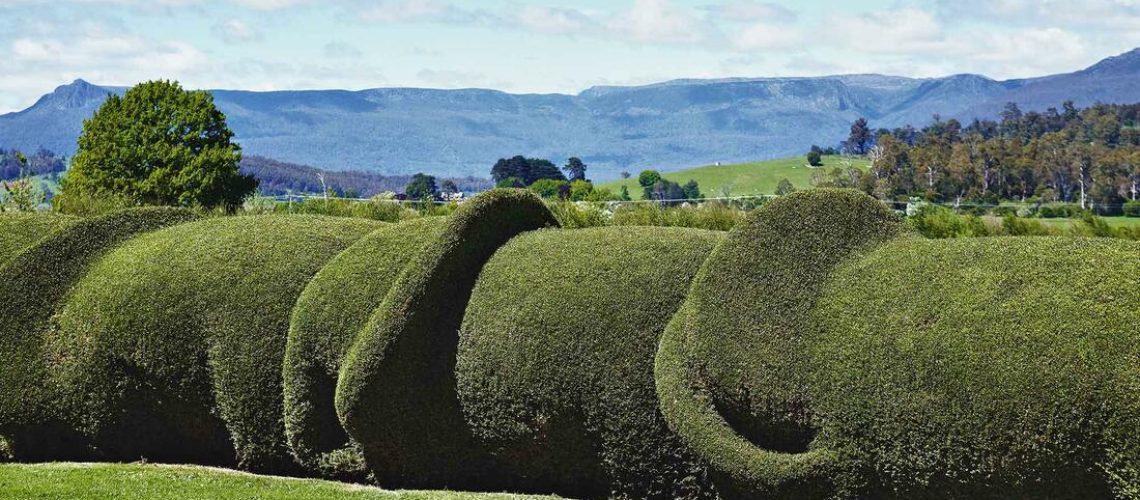Hedges are a very handy landscape element that can really enhance your garden space by providing you with a green boundary. They can be used to screen neighbours, as windbreaks, they can divide your garden into different rooms as well as providing a backdrop for feature plants or sculpture.
We generally think of hedges as something around fence height but, depending on your plant choice they can be just as striking at waist or even knee height. There are loads of options when it comes to hedging plants, what you need to consider is the shape and level of formality you are after.
If you want a hedge that requires minimal pruning, there are some plants with a natural form that is well suited to informal hedging, meaning you won’t need to be out there pruning monthly during the growing season.
LARGER HEDGING PLANTS
Murraya paniculata (which often blooms time and time again after rain), Photinia, Raphiolepis indica, Buxus japonica (traditional look but slow growing),Viburnum odoratissimum or the very delicate Pittosporum tenuifolium ‘Silver Sheen’.
Some Australian native options are Acmena smithii or Syzigium australe (both are types of Lilly Pilly), Backhousia citriodora (Lemon Myrtle), Elaeocarpus eumundii, Callistemon ‘Great Balls of Fire’.
In narrow spaces Bamboo can be a great option, for example Bambusa textilis Gracilis ‘Slender Weavers’.
SMALLER HEDGING PLANTS
Teucrium fruticans, Gardenia augusta, Lavender, Raphiolepis indica ‘Oriental Pearl’, Pittosporum tobira ‘Miss Muffet’, Alternathera dentata (for some Burgundy colour), Trachelospermum asiaticum.
Australian natives Acmena smithii ‘Allyn Magic’, Westringia fruticosa (loads of different sizes and colours available), Baeckea virgata ‘Compacta’, Callistemon ‘Little John’.
For something a little different you could use the succulent like Crassula or a textural plant like Philodendron ‘Xanadu’.
HOW MANY PLANTS DO I NEED?
To calculate your spacing and quantities, use the mature width of your chosen plant as your guide to spacing between the rootballs when planting. If you are after a dense hedge that establishes quickly and you have the space, consider planting two parallel rows with the plants staggered.
HOW DO I GET AN INSTANT HEDGE?
Apart from buying mature plants that will fill your space instantly, which often the budget won’t allow, unfortunately there is no magic way to get an instant hedge. The best thing you can do is provide regular water and a good covering of mulch. After planting, water weekly with seaweed solution and then a month or so after that continue with the seaweed solution once a month and fertilise at the start of each season (except Winter) with slow release fertiliser.
If you require any assistance with garden design or plant selection, please contact Ali, Landscape Designer at The Urban Garden Co Sydney.


